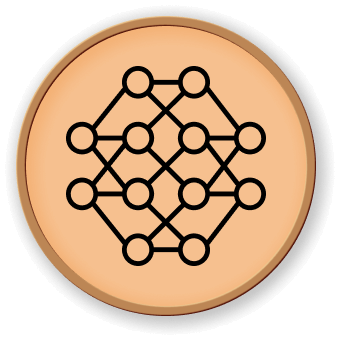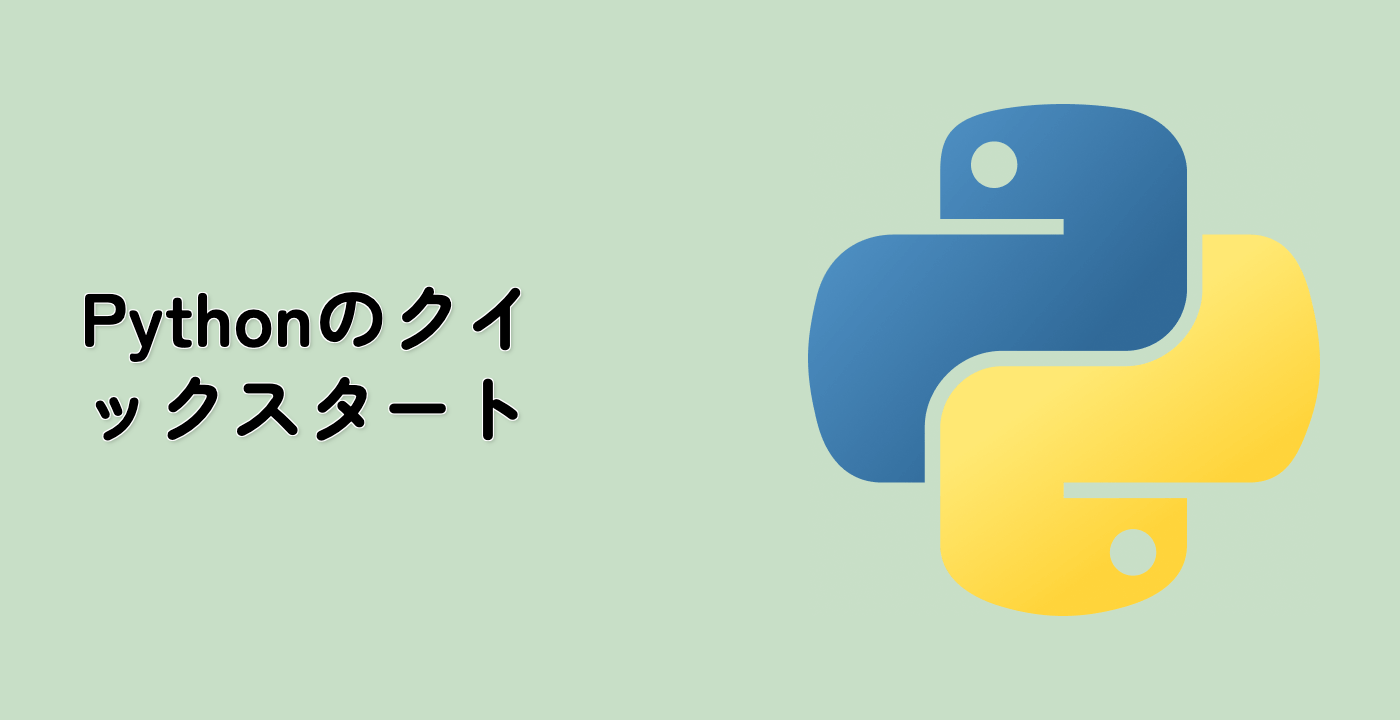スコアと計算時間の計算
GridSearchCVオブジェクトのcv_results_属性を使って、ハイパーパラメータの各組み合わせに対する平均の学習時間とスコア算出時間を計算します。その後、plotly.express.scatterとplotly.express.lineを使って結果をプロットし、経過計算時間と平均テストスコアのトレードオフを視覚化します。
import plotly.express as px
import plotly.colors as colors
from plotly.subplots import make_subplots
fig = make_subplots(
rows=1,
cols=2,
shared_yaxes=True,
subplot_titles=["Train time vs score", "Predict time vs score"],
)
model_names = [result["model"] for result in results]
colors_list = colors.qualitative.Plotly * (
len(model_names) // len(colors.qualitative.Plotly) + 1
)
for idx, result in enumerate(results):
cv_results = result["cv_results"].round(3)
model_name = result["model"]
param_name = list(param_grids[model_name].keys())[0]
cv_results[param_name] = cv_results["param_" + param_name]
cv_results["model"] = model_name
scatter_fig = px.scatter(
cv_results,
x="mean_fit_time",
y="mean_test_score",
error_x="std_fit_time",
error_y="std_test_score",
hover_data=param_name,
color="model",
)
line_fig = px.line(
cv_results,
x="mean_fit_time",
y="mean_test_score",
)
scatter_trace = scatter_fig["data"][0]
line_trace = line_fig["data"][0]
scatter_trace.update(marker=dict(color=colors_list[idx]))
line_trace.update(line=dict(color=colors_list[idx]))
fig.add_trace(scatter_trace, row=1, col=1)
fig.add_trace(line_trace, row=1, col=1)
scatter_fig = px.scatter(
cv_results,
x="mean_score_time",
y="mean_test_score",
error_x="std_score_time",
error_y="std_test_score",
hover_data=param_name,
)
line_fig = px.line(
cv_results,
x="mean_score_time",
y="mean_test_score",
)
scatter_trace = scatter_fig["data"][0]
line_trace = line_fig["data"][0]
scatter_trace.update(marker=dict(color=colors_list[idx]))
line_trace.update(line=dict(color=colors_list[idx]))
fig.add_trace(scatter_trace, row=1, col=2)
fig.add_trace(line_trace, row=1, col=2)
fig.update_layout(
xaxis=dict(title="Train time (s) - lower is better"),
yaxis=dict(title="Test R2 score - higher is better"),
xaxis2=dict(title="Predict time (s) - lower is better"),
legend=dict(x=0.72, y=0.05, traceorder="normal", borderwidth=1),
title=dict(x=0.5, text="Speed-score trade-off of tree-based ensembles"),
)




